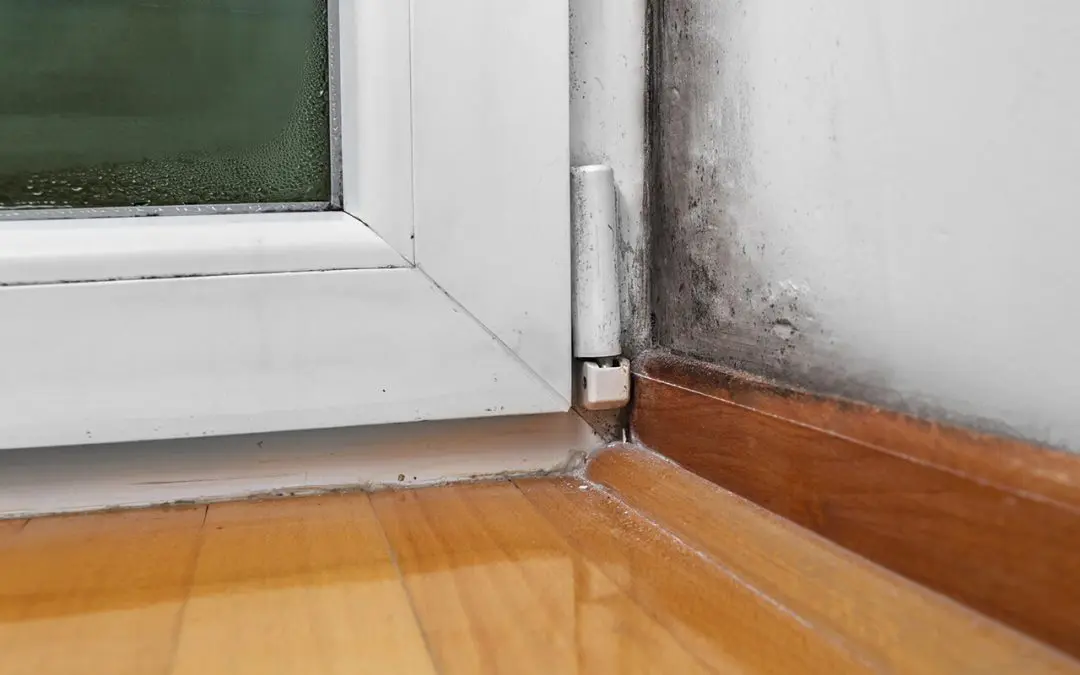Mold is more than just an unsightly nuisance; it can pose significant health risks and damage your home. Addressing mold issues promptly and effectively is crucial for maintaining a healthy living environment. Here’s a step-by-step guide on how to get rid of mold in your home.
Identifying Mold Problems
Before addressing a mold issue, you need to identify where mold is growing. Mold thrives in damp, dark areas, so focus on basements, bathrooms, and places around leaks or water damage. Look for visible signs of mold, such as black or green patches, and pay attention to musty odors, which can indicate hidden mold.
Safety Precautions to Get Rid of Mold
Before starting the cleanup process, take appropriate safety measures. Wear protective clothing, including gloves, a mask, and goggles, to avoid exposure to mold spores. Ensure the area is well-ventilated by opening windows or using fans.
Cleaning Moldy Surfaces
- Small Areas: For small mold patches on hard surfaces, use a solution of water and dish soap. Scrub the area with a brush or sponge until the mold is removed. Rinse with clean water and dry the surface thoroughly.
- Non-Porous Materials: On non-porous surfaces like tiles, glass, or metal, you can use a mixture of water and white vinegar or a commercial mold cleaner. Apply the solution, scrub, rinse, and dry.
- Porous Materials: If the materials are porous, mold may have grown deeper inside. In many cases, it’s best to remove and replace heavily contaminated materials. If replacement isn’t feasible, clean the surface with a mold-killing solution, but be prepared for possible recurrence.
Dealing with Water Damage
Addressing the source of moisture is crucial to preventing mold from returning. Fix any leaks in plumbing or roofing, ensure proper drainage around your home, and use a dehumidifier to reduce indoor humidity. Keep your home’s humidity level between 30% and 50% to inhibit mold growth.
Disposing of Contaminated Materials
It’s best to dispose of materials heavily contaminated with mold, such as carpets, insulation, or ceiling tiles. Seal the items in plastic bags before removing them from your home to avoid spreading mold spores.
Cleaning and Sanitizing
After removing mold and contaminated materials, clean the area thoroughly. Use a vacuum with a HEPA filter to capture any remaining mold spores. Wipe down all surfaces with a mold-killing solution and ensure everything is completely dry to prevent future mold growth.
Preventing Future Mold Growth After You Get Rid of Mold
Address any underlying moisture issues in your home to prevent mold from returning. Regularly inspect areas prone to dampness, such as basements and bathrooms, and ensure proper ventilation. Use exhaust fans and dehumidifiers to keep humidity levels in check and promptly address any water damage.
When to Seek Professional Help
If the mold problem is extensive or you’re dealing with mold in hard-to-reach areas, consider hiring a professional mold remediation service. Professionals have the tools and expertise to safely and effectively remove mold and address underlying issues.
Regular Maintenance and Monitoring
Regularly inspect your home for signs of mold and maintain good practices to prevent moisture buildup. Check for leaks, clean gutters, and ensure your home’s drainage systems function correctly.
Dealing with mold can be challenging, but with the right approach, you can effectively manage and eliminate mold issues in your home. By addressing both the mold and the moisture problems that contribute to its growth, you will create a healthier and more comfortable living environment.
FAQs About How to Get Rid of Mold
Is it safe to clean mold with bleach?
Bleach can kill mold on non-porous surfaces but may not penetrate porous materials like wood or drywall. Additionally, bleach can produce harmful fumes and may not be effective in high-humidity environments. Use a mold-specific cleaner or a mixture of vinegar and water for best results.
Are there any eco-friendly mold removal products?
Yes, several eco-friendly mold removal products are available. Look for cleaners made from natural ingredients or those labeled as biodegradable. Vinegar and baking soda are also effective and environmentally friendly options.
What health symptoms should I watch for if I have mold in my home?
Common symptoms of mold exposure include coughing, sneezing, eye irritation, skin rashes, and sinus congestion. For individuals with asthma or allergies, mold can exacerbate these conditions. If you experience persistent health issues, consult with a healthcare professional.
How can I tell if mold is toxic or non-toxic?
While all mold can cause health issues, some types, like black mold (Stachybotrys chartarum), are more toxic and can cause more severe health problems. If you suspect toxic mold, it is best to consult with a professional for testing and remediation.
Robertson Home Inspection offers professional inspection services for homebuyers and sellers in the Piedmont Triad area of North Carolina. Contact us to schedule an appointment.

